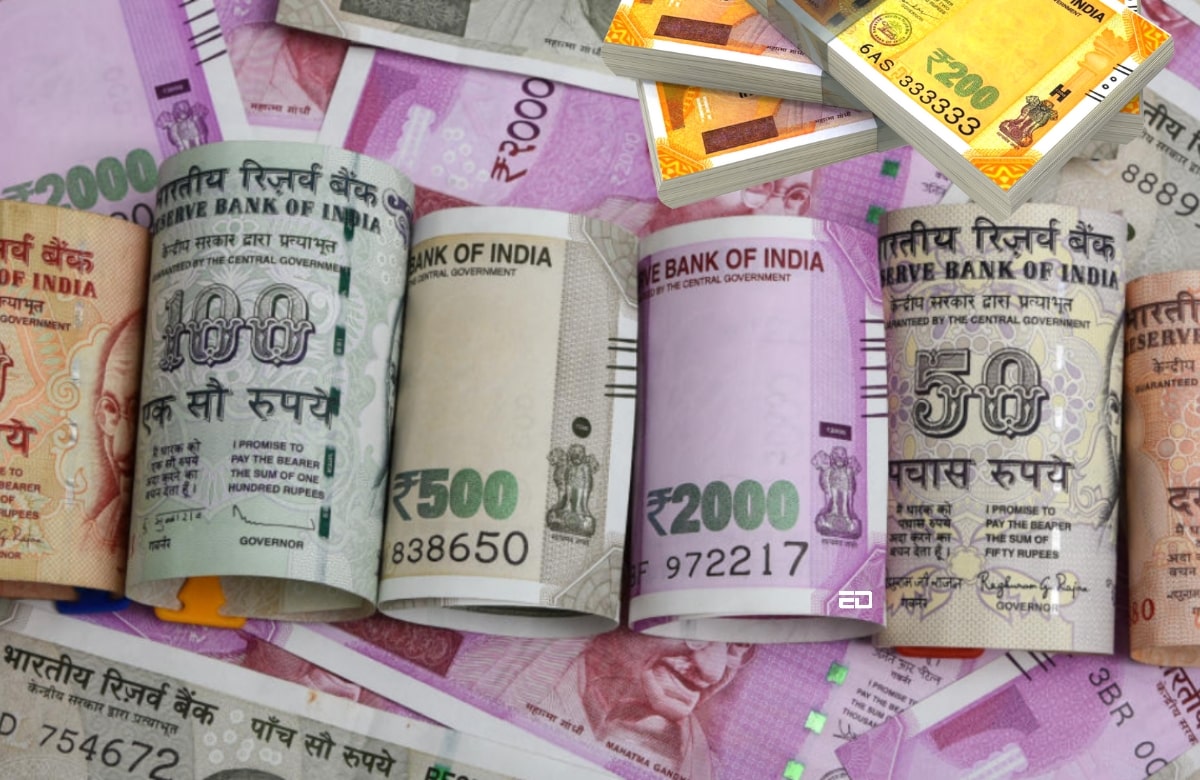As India commemorates its 77th anniversary of independence, the nation stands at a pivotal juncture in its pursuit of resilient economic growth over the next 25 years, a phase dubbed as ‘Amrit Kaal’ by the government.
One vital aspect of this journey is the evolution of the Indian rupee from a relatively weaker currency to a currency with aspirations of international recognition.
From Weak Beginnings to Global Ambitions
The value of a country’s currency and its role in global trade are crucial markers of its economic strength. The Indian rupee, once deemed relatively weak, has embarked on a remarkable journey toward internationalization. Notably, banks from 22 countries have established special rupee vostro accounts in Indian banks, contributing to the gradual de-dollarization movement.
These accounts empower domestic banks to offer international banking services to clients with global financial needs.
A Significant Milestone
The Reserve Bank of India (RBI) has played a pivotal role in propelling the rupee’s internationalization. A major milestone was the RBI’s decision to allow invoicing and payments for international trade in Indian rupees on July 11, 2022. This move garnered traction as it facilitated smoother international transactions, especially for India’s exports.
Key Players in the Journey
The internationalization of the rupee gained momentum with the establishment of mechanisms for settling payments in rupees for international trade. This not only attracted global attention but also marked a significant stride toward establishing the Indian rupee as a recognized currency in the international arena.
Read More: Doesn’t The ₹ (Indian Rupee) Symbol Deserve Way More Recognition On The World Platform?
Short-Term and Long-Term Recommendations
In its endeavor to further strengthen the rupee’s international presence, the RBI constituted an Inter-Departmental Group (IDG) in December 2021. The IDG recently issued a comprehensive report with recommendations to guide the rupee’s trajectory.
In the short term, these recommendations include:
- Enabling the rupee as an additional settlement currency in existing multilateral mechanisms.
- Integrating Indian payment systems with those of other countries for seamless cross-border transactions.
- Incorporating Indian government bonds (G-secs) in global bond markets.
- Encouraging equitable incentives for rupee trade settlement.
In the long run, the suggestions include:
- Reviewing taxes on Masala bonds to boost their appeal.
- Exploring the international use of Real-Time Gross Settlement (RTGS) for cross-border trade transactions.
- Addressing issues in financial markets to harmonize tax regimes and practices.
- Allowing offshore banking services in rupees through Indian bank branches.
The Road Ahead
Experts believe that India’s robust economic growth and resilience, even in challenging times, position the rupee favorably for international recognition. While the U.S. dollar’s dominance remains a concern, there are indications of its declining share in global foreign exchange reserves, potentially opening opportunities for other currencies.
From its early days of economic stress to its current aspirations of internationalization, the Indian rupee’s journey is nothing short of remarkable. While it has faced challenges and fluctuations, its potential as a global currency cannot be underestimated.
As India stands at the crossroads of realizing robust economic growth, the rupee’s evolution reflects the nation’s determination to secure a strong position in the global economy.
With strategic steps and collaborative efforts, the Indian rupee’s story of transformation is poised to continue in the years ahead.
Image Credits: Google Images
Feature Image designed by Saudamini Seth
Sources: The Times of India, Livemint, CNBC
Find the blogger: Pragya Damani
This post is tagged under: Indian Economy, Indian Rupee, Internationalization, Currency Evolution, Reserve Bank of India, Economic Growth, Global Trade, De-dollarization, Financial Markets, Cross-Border Transactions, Economic Resilience, Currency Value, Foreign Exchange Reserves, RBI Recommendations, Economic History, Macroeconomic Trends, Balance of Payments, Economic Reforms, Currency Depreciation, Export Boosting
Disclaimer: We do not hold any right, copyright over any of the images used, these have been taken from Google. In case of credits or removal, the owner may kindly mail us.
Other Recommendations:
What Lies Ahead For Indian Economy Incase Of US Debt Ceiling Standoff?






































